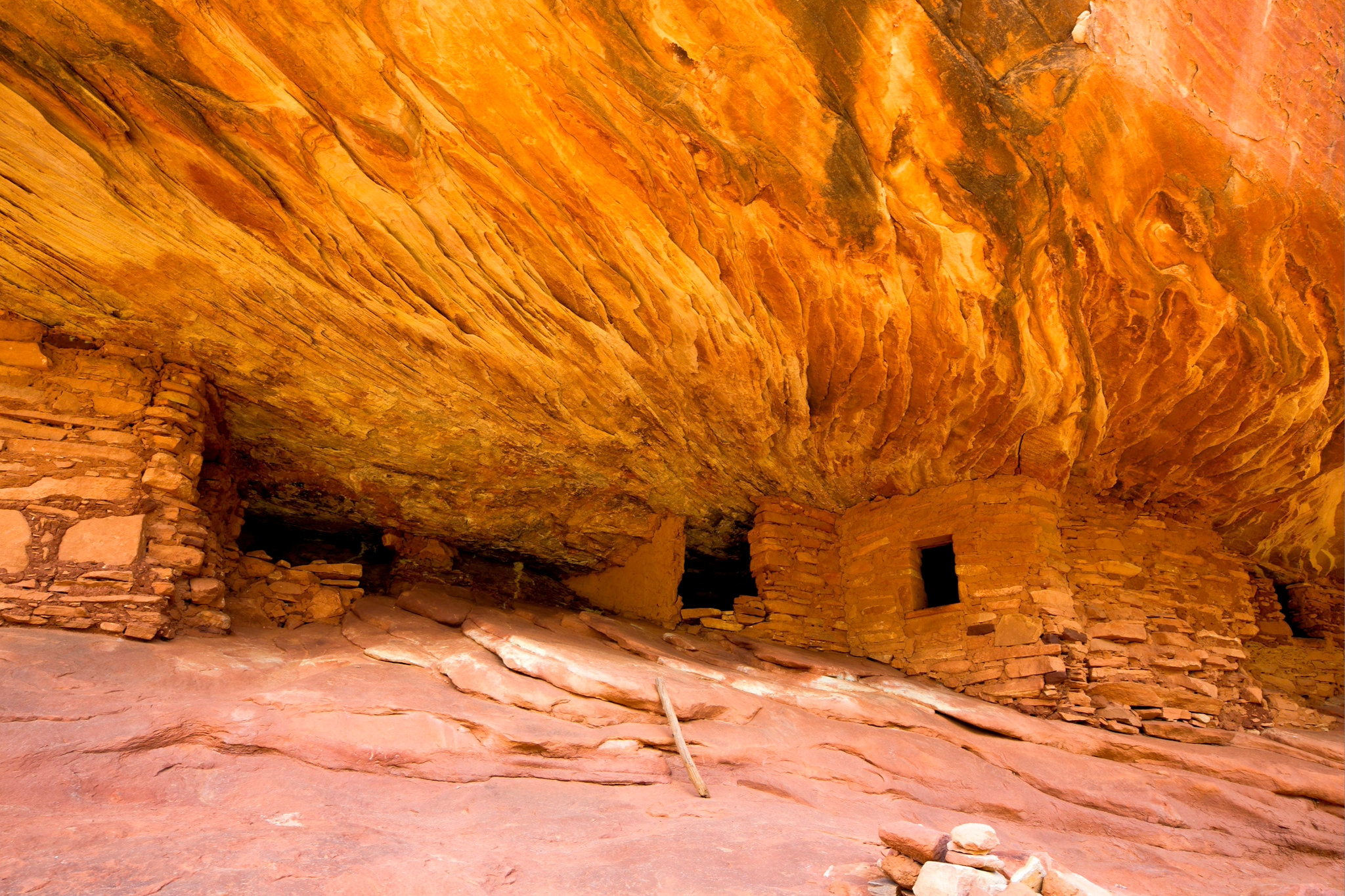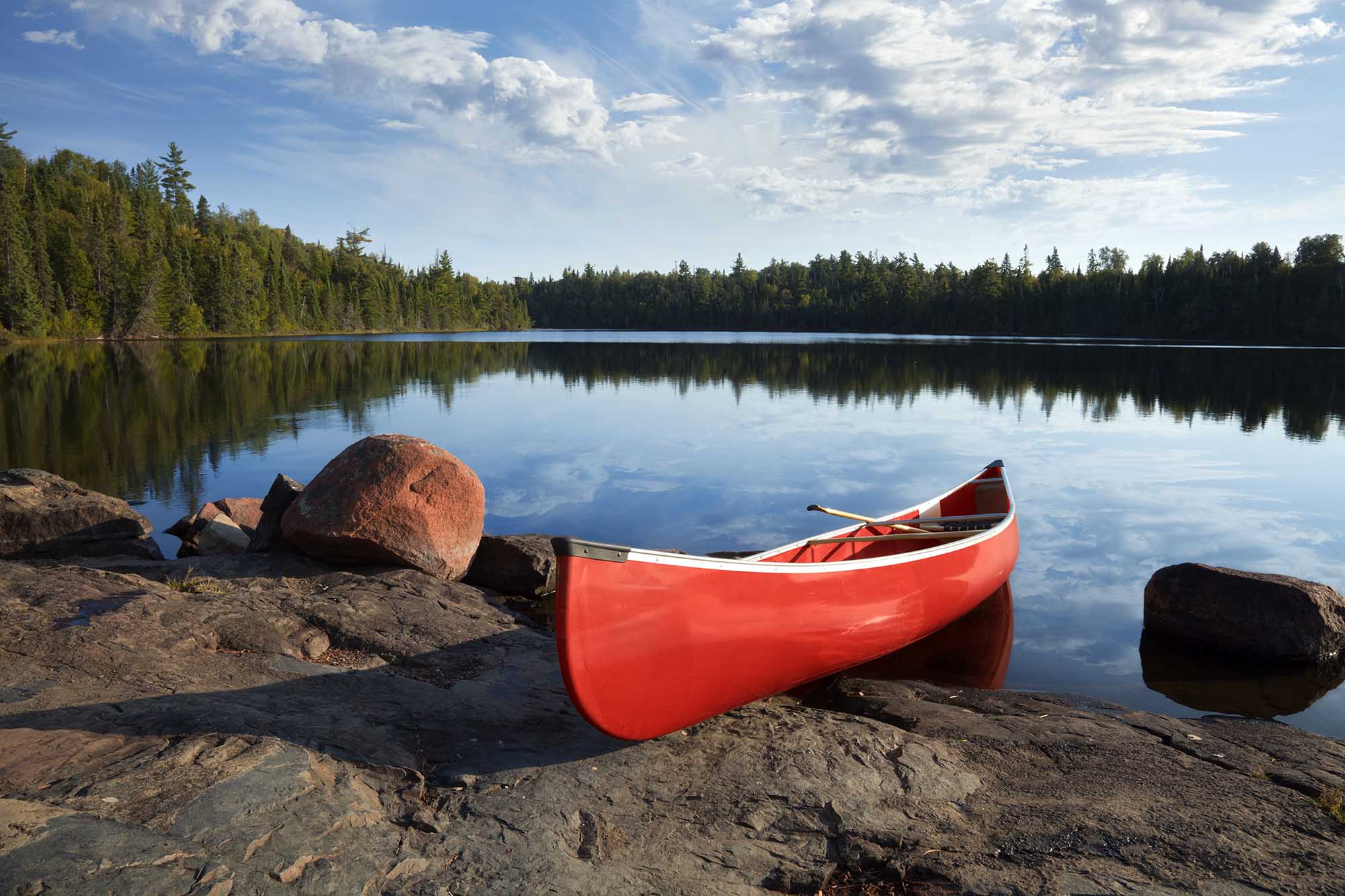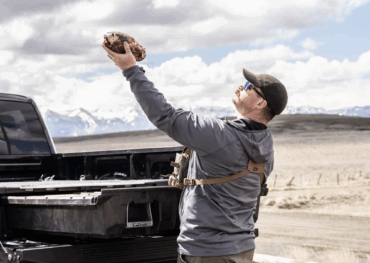For the first time, Tribal leaders are working with the federal government to develop a Resource Management Plan (RMP) to responsibly maintain ancestral lands. Bears Ears National Monument became public land in 2016 but has been culturally sacred to Native American Tribes for centuries. The proposed development plan would adopt the tribes’ traditional stewardship methods.
Dubbed “Alternative E,” the management plan is the preferred option of the Bear’s Ears Intertribal Coalition (BEITC). If adopted, the coalition would manage Bears Ears using Traditional Indigenous Knowledge, prioritizing conservation and responsible recreation.
“It is important for people to understand that Alternative E represents a groundbreaking approach to land management. [It blends] Traditional Indigenous Knowledge with modern conservation practices,” Ruben Pacheco, the communications and partnerships director of the BEITC, told GearJunkie.
“This plan is not just about protecting a landscape. It’s about honoring the deep-rooted connection of the Tribes to their ancestral homelands and ensuring that their voices are integral to the stewardship of these lands.”
The U.S. Forest Service and Bureau of Land Management (BLM) are accepting public comments on this proposed RMP until June 11. In a push to boost approval for the measure, Patagonia announced its support for Alternative E and is rallying its customers to do the same.
In a press release, Patagonia CEO Ryan Gellert said Alternative E balances public access to Bears Ears with the preservation of the area’s rich cultural history.
“It’s vital that Patagonia and the conservation and recreation communities support the Tribes’ vision for Bears Ears,” Gellert said. “Their recommendations will ensure this sacred cultural landscape is protected.”
Patagonia established an Act Now page, where supporters can submit a pre-written comment to the BLM in support of Alternative E. Alternatively, people can write and submit comments directly through the BLM webpage.
Bears Ears National Monument: Alternative E
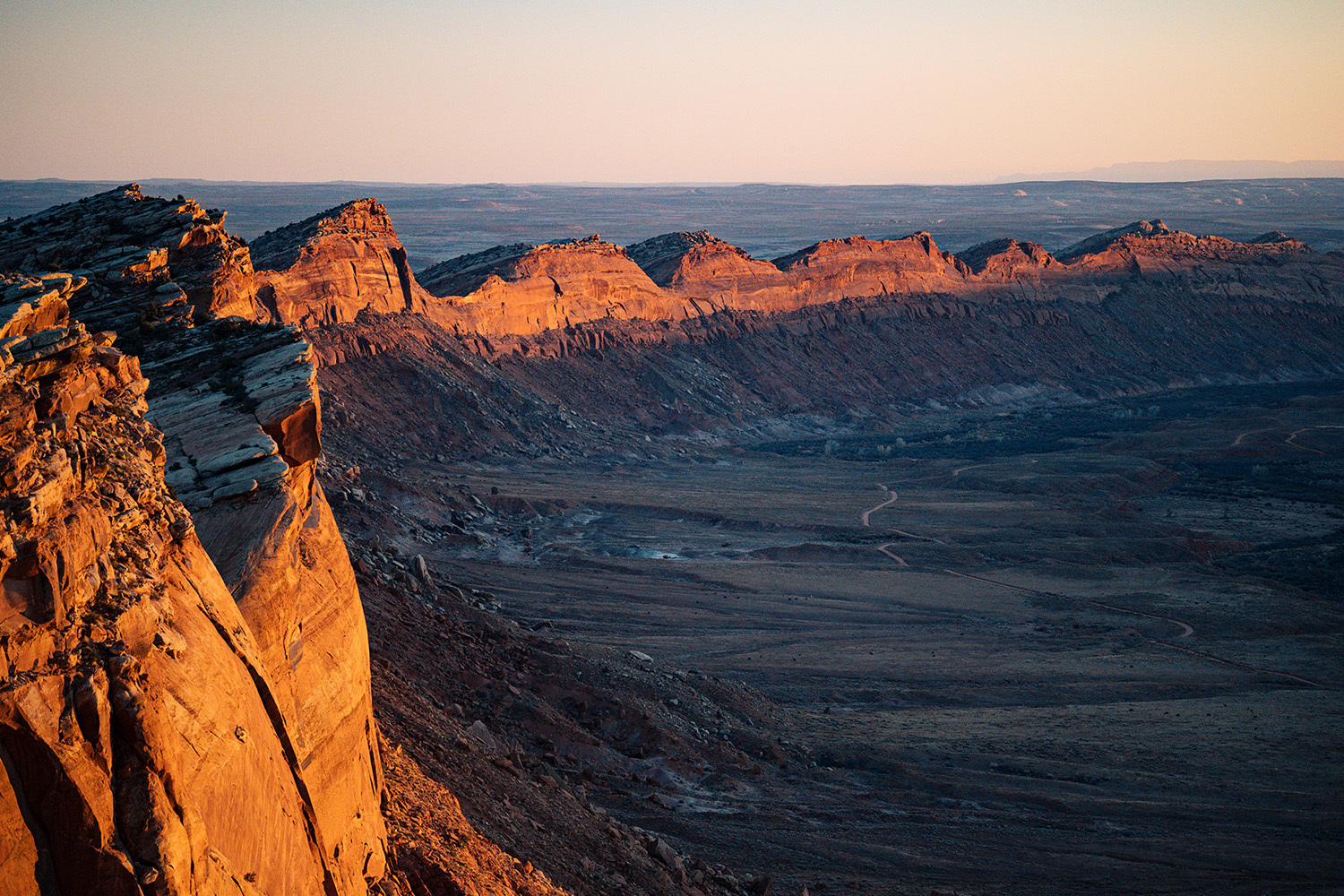
In 2016, President Barack Obama established Bears Ears as a National Monument by presidential proclamation. In 2017, President Donald Trump issued his own proclamation, reducing the monument by over 1 million acres. But then in 2021, President Biden issued a third proclamation restoring the monument to its originally-designated size.
And when Biden restored Bears Ears, he set forth a number of goals and directives regarding its management. One such goal was to ensure that “management decisions affecting the monument reflect expertise and traditional and historical knowledge of Tribal Nations.”
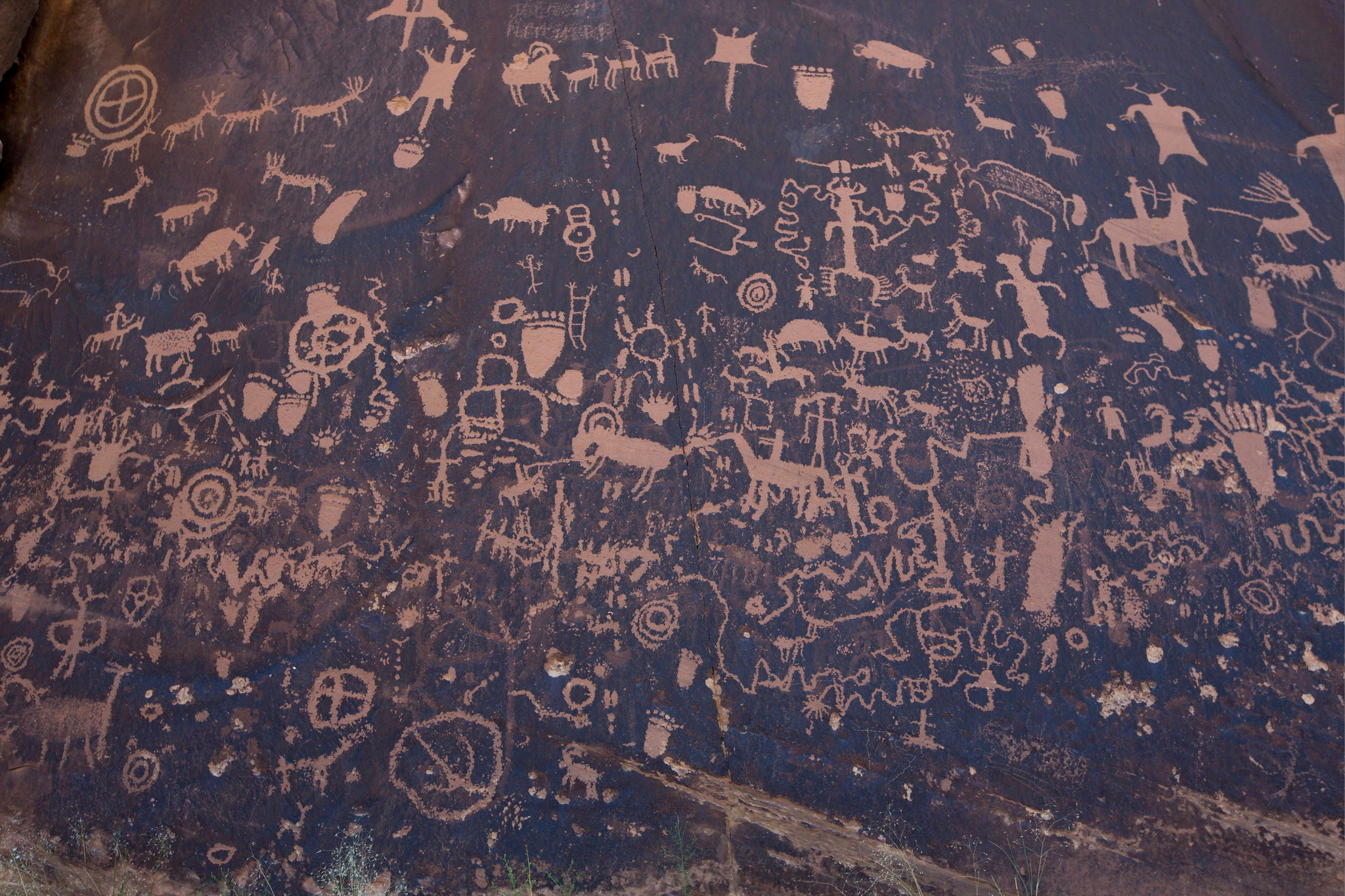
The eventual result of that directive is Alternative E. The BEITC — which includes the Hopi Tribe, Navajo Nation, Ute Mountain Ute Tribe, Ute Indian Tribe of the Uintah and Ouray Reservation, and the Pueblo of Zuni — developed this plan in collaboration with BLM and the Forest Service.
Using Traditional Indigenous Knowledge
This management plan would employ Traditional Indigenous Knowledge (TIK) to govern how the land is stewarded. According to Pacheco, TIK refers to the understandings, beliefs, and practices developed by Indigenous peoples over millennia of interaction with their environment.
“[It] encompasses a holistic worldview that includes knowledge about local ecosystems, natural resource management, and sustainable practices for managing land, water, and wildlife,” he said. “This knowledge is passed down through generations via oral traditions, cultural practices, and direct experience with the landscape.”
According to the BEITC, incorporating TIK in the Bears Ears management plan will ensure that Tribes and agencies can work together to identify sites, plants, animals, and other “objects” that need specific protections. Pacheco said that means protecting and preserving ceremonial plants, medicines, and cultural belongings.
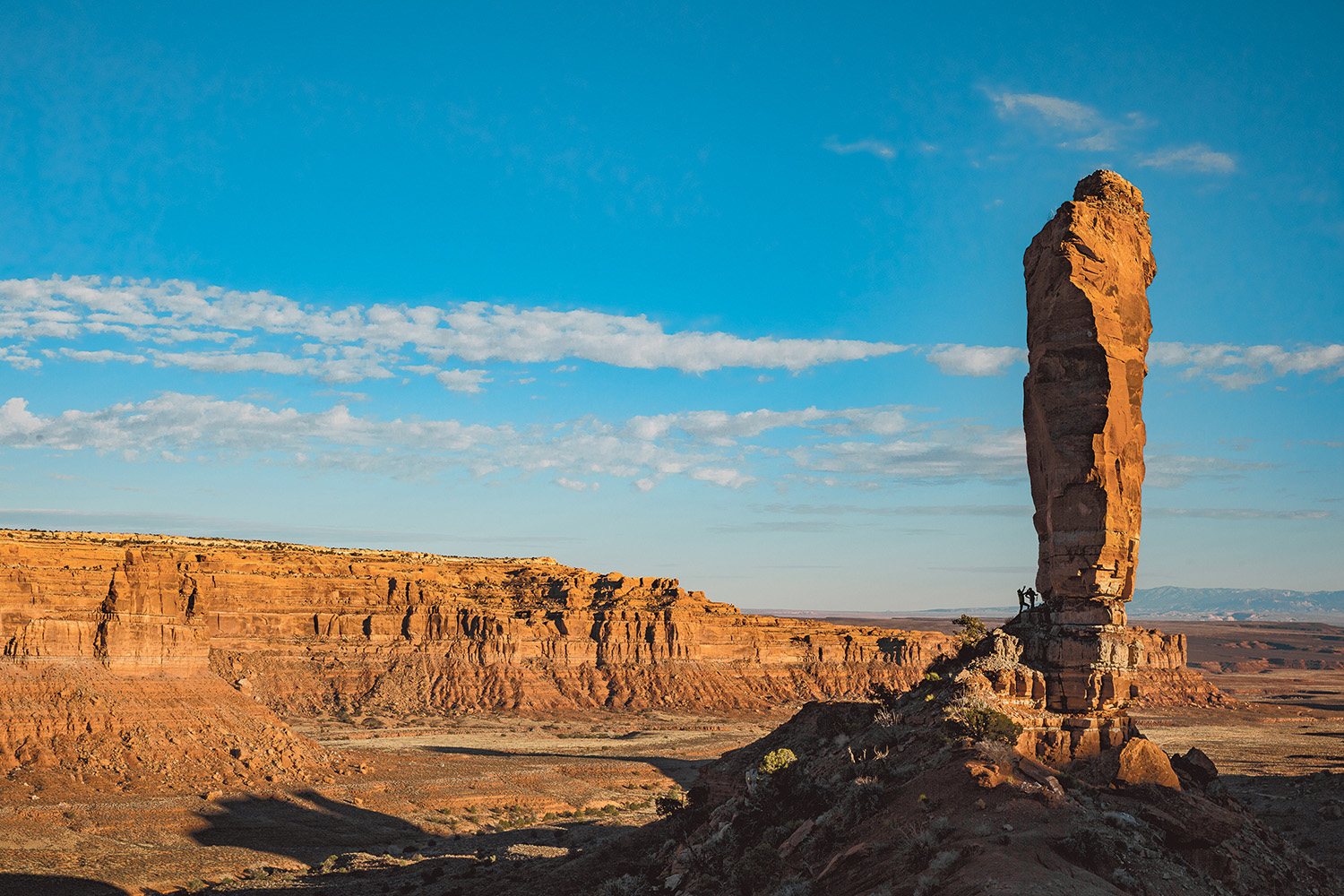
TIK will also require certain areas to be closed seasonally for tribal customs, sacred times, and ecological needs. Efforts to preserve the area’s dark skies will be implemented. Management officials will also monitor water, soils, plants, animals, and cultural sites extensively.
Pacheco added that combining TIK with Western scientific methods also provides a more comprehensive understanding of the environment.
“Indigenous practices are rooted in sustainability and have been proven effective over thousands of years,” Pacheco said. “Although they represent less than five percent of the world’s population, Indigenous peoples steward more than a quarter of Earth’s land and seas and protect 80% of global biodiversity.”
Voice Your Support: Get ‘Alternative E’ Approved
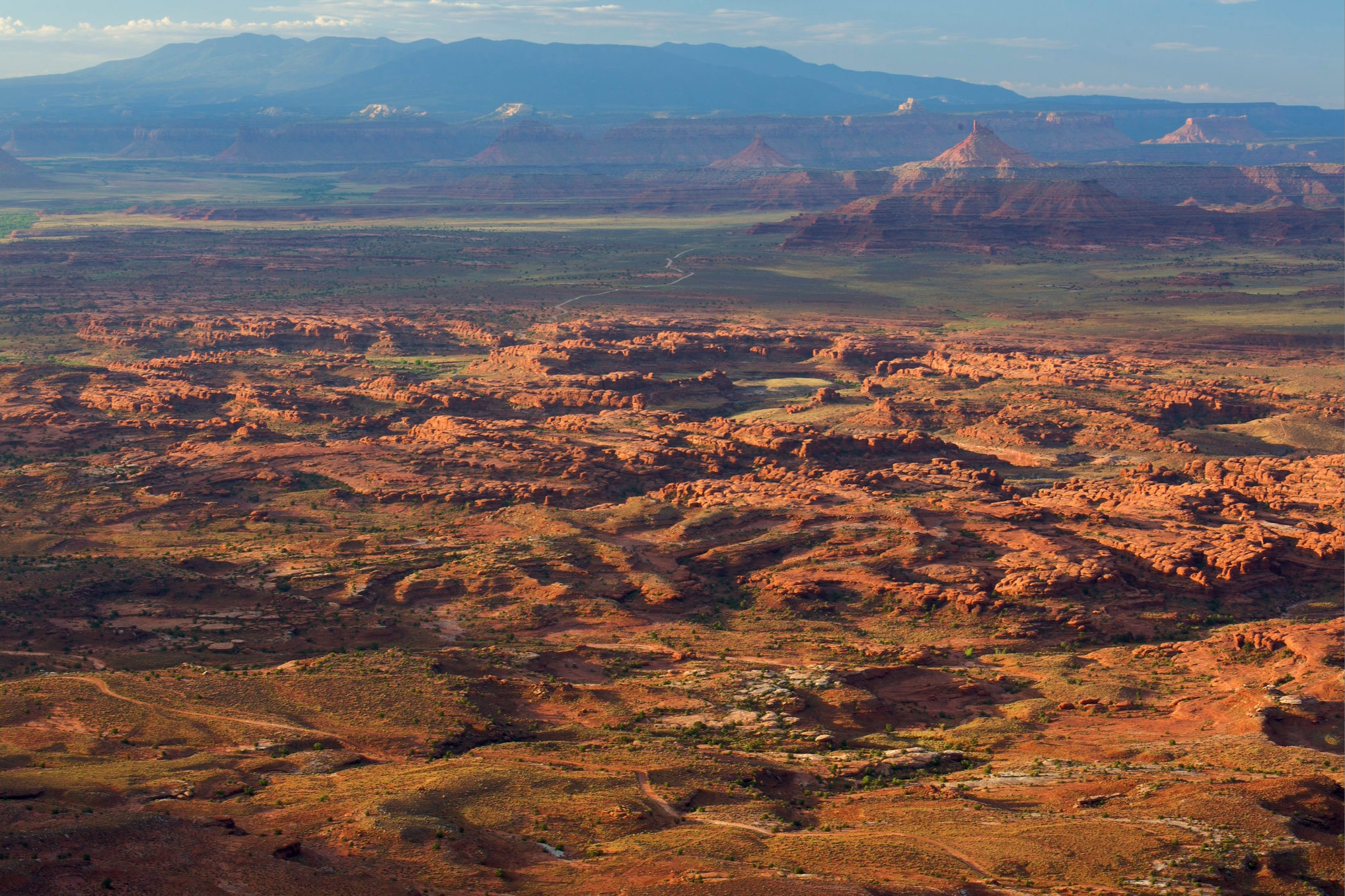
“Just because Alternative E is the preferred alternative doesn’t mean it will be adopted as-is in the final monument management plan,” Pacheco noted.
The 90-day public comment period ends on June 11. To comment or learn more, check out the BLM summary page or visit Patagonia’s Act Now site.
